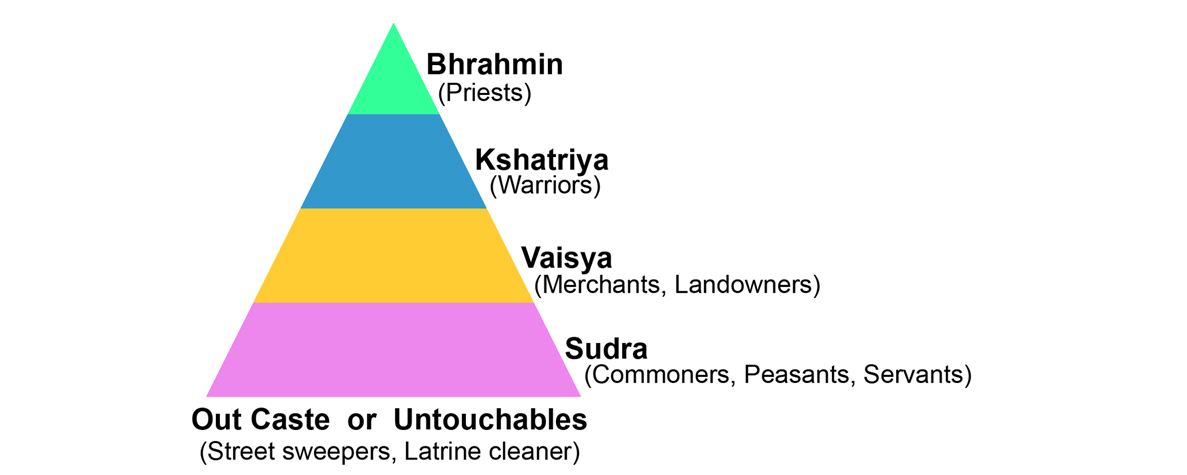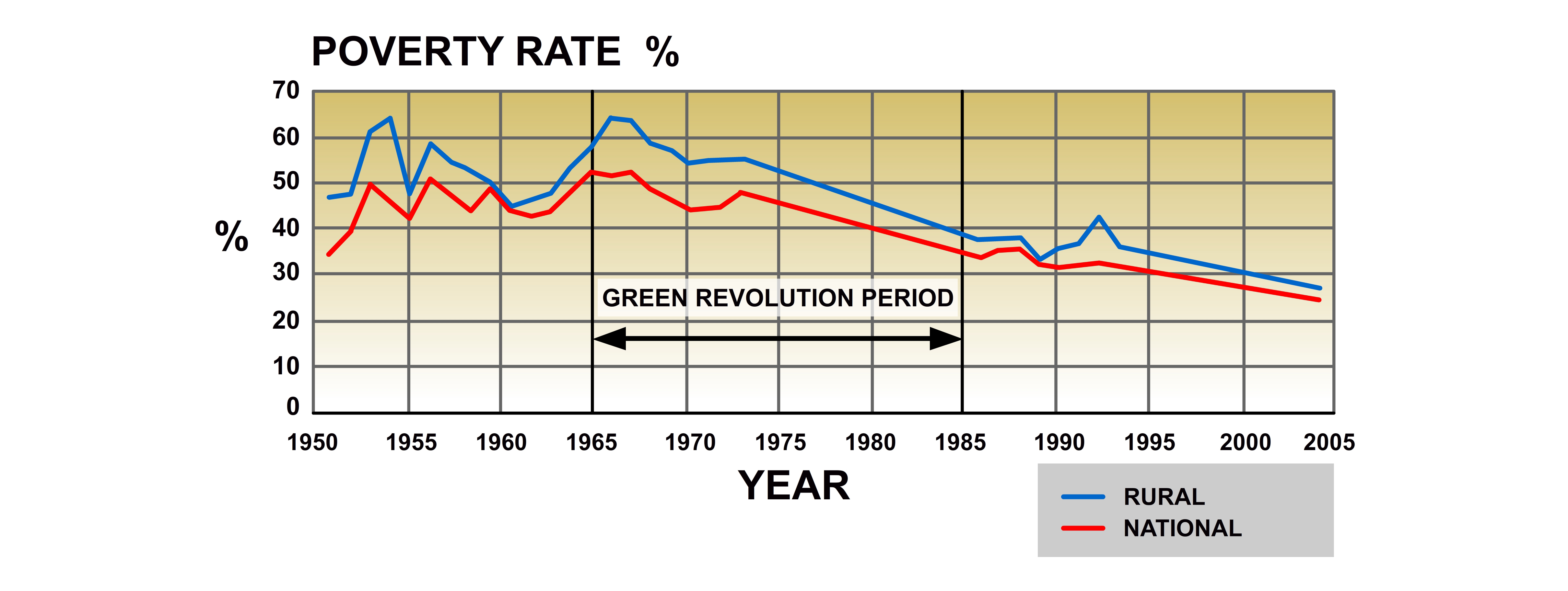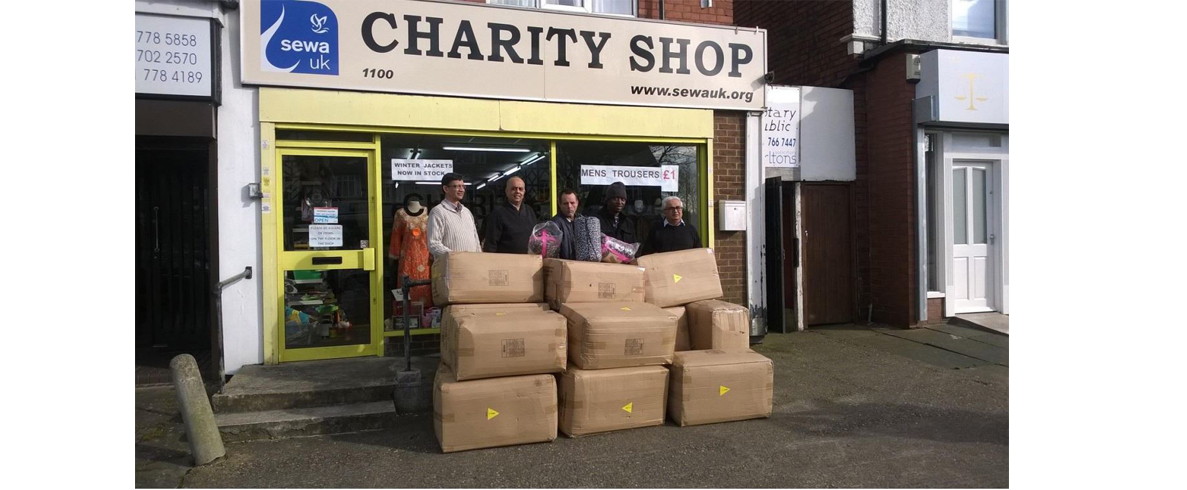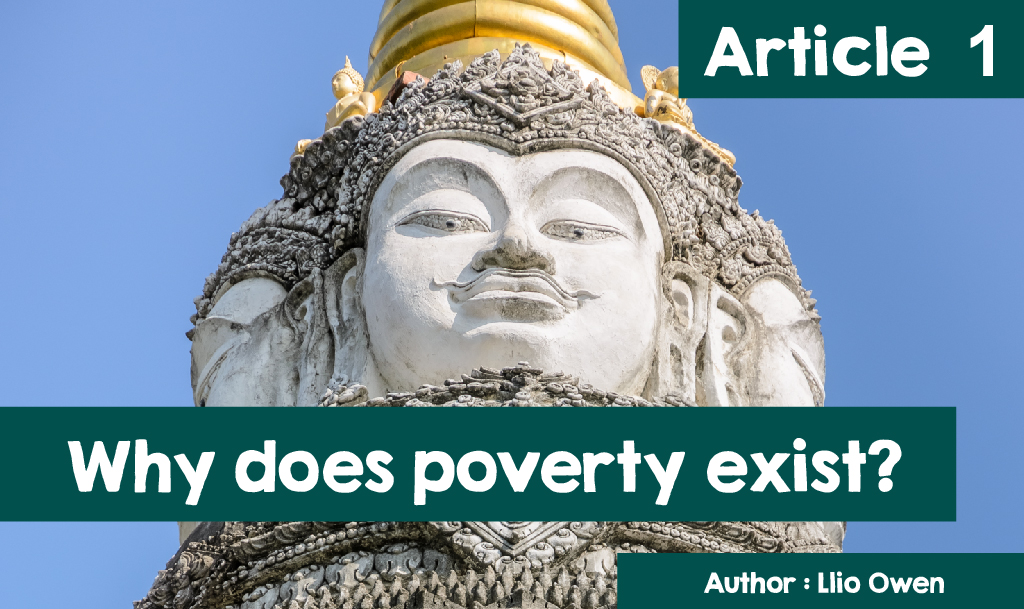Why does poverty exist?
In a time where the cost of living is at a continuous rise here in Wales, where every day items are increasingly more difficult to buy and working families are having to result to food banks, it seems to be a significant time to raise the question; “Why does poverty exist?”. To start, the definition of poverty is a state in which a person or group of people lack financial independence and resources for a minimum standard of living. The level of income from employment is so low in comparison to the cost of living that basic human needs cannot be met. Examples of poverty include being unable to turn the heating on inside homes, being unable to put food on the table, or even homelessness.

Child with no food to eat.
Lady suffering fuel poverty, wrapped in blanket.
(© Ingimage)
The perception of poverty is often viewed as far worse, such as war, drought or starvation as it can be seen in developing countries, but poverty is also very real here in Wales. In the latest Welsh government survey, it was recorded that 2% of people say they have received food from a food bank in the previous 12 months due to a lack of money, and a further 1% of people say they would have liked to receive food from a food bank but haven’t as they were struggling with income and finances. Although at first glance these statistics may seem low, 3% of the population of Wales is 90,000 people, thus this highlights the issues of poverty experienced here.

Food Bank parcel.
(© Ingimage)
In conjunction to poverty, religion is often seen as the driving force in our modern world behind the inequalities that we face. Both are interrelated, for example
there is a tradition of religiously motivated poverty in history, but on the other hand giving to the poor is a continuous activity and is seen as a religious duty.
In this article we are going to look at Hinduism’s relationship with poverty, and how the religion has influenced society.

Caste system.
(Image reference : https://howthecastesystemisstillaroundkvo.wordpress.com/countryculture-1/)
Hinduism is the oldest of all 6 major world religions, so old in fact that we do not know who the founder was! It is understood that Hinduism began around 5000 years ago
in the Indus Valley in India, at the time the Aryans were invading and bringing with them their traditions and customs. One construct which grew with this group was the
caste system, which linked itself to Hinduism. The caste system is a system which divides Hindus into categories- Brahmins, who are the religious priests, Kshatriyas,
who are the warriors, Vaishyas who are the merchants and landowners, and the Sudras who are the lowest class including servants. As you can see in the image here, there
is one more caste outside of the triangular hierarchy, the untouchables, the individuals who are cleaners, street sweepers, but also the individuals who are often
considered to be subhuman and undeserving of being allowed to live among the others within society, banished outside of the city walls to live an isolated life away
from any privilege. Though mostly outlawed, the caste system continues to be one of the key drivers of poverty and inequality in India and across South Asia.
For centuries, this system has dictated almost every aspect of Hindu religious and social life with each group belonging to a specific place within this hierarchy.
Communities were strictly categorised and thus segregated according to their class; they almost always lived in separate colonies the water wells were not shared,
Brahmins would not accept food or drink from the Sudras, and one could marry only within one's caste. A member of a higher caste feared even a glance from anyone
below them as it could pollute their position in the system. Therefore, a major element of this system was its rigidity, there was no room for change. If one was
born into the Brahmin caste, they would stay in that caste for life: they would be expected to work the same jobs, could only socialise, and could only marry in
their caste. The relation to poverty clearly comes with the lower castes, the Sudra and the untouchables.

Graph showing poverty in rural and national areas over the years.
There are millions of people who are considered to be in the lowest caste in India. These lower castes or ‘untouchables’ are essentially banished from the community.
Many are forbidden to hold jobs because of their identity relating to their caste, which essentially provides them with no human rights. Out of the 180-220 million
untouchables, around 40 million are essentially doing slave labour because they must work off their debts. These people are taught to expect nothing in life but to
work all day and accept their fate. As a result of this discrimination, it is difficult for many people of a lower caste to have a steady income, therefore keeping
them in extreme poverty. Nevertheless, despite some areas of rural India still practicing this absurd social construct, the majority of the country are against its
barbarity and have worked tirelessly to abolish the caste system. In this graph, we can see how the percentage of poverty in India has decreased since 1950 from a
whopping 35% / 57% to around 23% / 27%.
As mentioned previously in this article, religions are also very much aware of their duty to support, guide and help those who are in need. Hindus believe that Dana,
giving, is very important, and the concept of charity for them is to help others without expecting anything in return. Many religious believers believe that humanity
has a responsibility to maintain the world, which includes caring for others all around the globe! Global citizenship refers to working as a collective to ensure that
as a community, we are looking after the world that was provided by a Creator. An example of this is Sewa UK, an Indian Hindu charity working from the United Kingdom.
They describe themselves as a unique charity that performs “selflessly without an ulterior motive”, which is laid out clearly in their statement; “Selfless Efforts for
Welfare of All.”

Volunteers outside the charity shop | SEWA UK DONATES SLEEPING BAGS TO HOMELESS
(Image reference : https://sewauk.org/sewa-uk-donates-sleeping-bags-to-homeless-pdf/)
An example of their work is supporting those in need and suffering with poverty within the United Kingdom. Above, you can see a group of volunteers, who have been working
as a team to fundraise and collect a large number of sleeping bags for the homeless. Even though these individuals may have never been a victim of homelessness and have
never experienced its difficulty, they have chosen to use their religion for good, and to spread support and love through their community. As part of an Indian Hindu
charity, they are not burdened by a social construct that has promoted poverty for centuries but are using their religious beliefs to help others by working effortlessly
to reach out a hand.
A key idea to reflect upon after reading this article is that issues surrounding poverty and their link to religious beliefs and practices are not black and white, it is not a simple idea to discuss. It becomes clear that religion is a wide spectrum of beliefs and practices; culture, nationality, scripture and many more factors influence how one may view their religious traditions and how they must act upon it. Thus, it becomes impossible to view a system like the caste system as simply a Hindu creation. Of course, some Hindus may believe that the caste system has a place within Indian society today and is useful for society, whereas other Hindus condemn the system outright, stressing the inequality and poverty that arises from its structure. Instead, charity work is highlighted, and modern problems are addressed, working towards making sure that every individual in today’s world is equal and treated with dignity.


